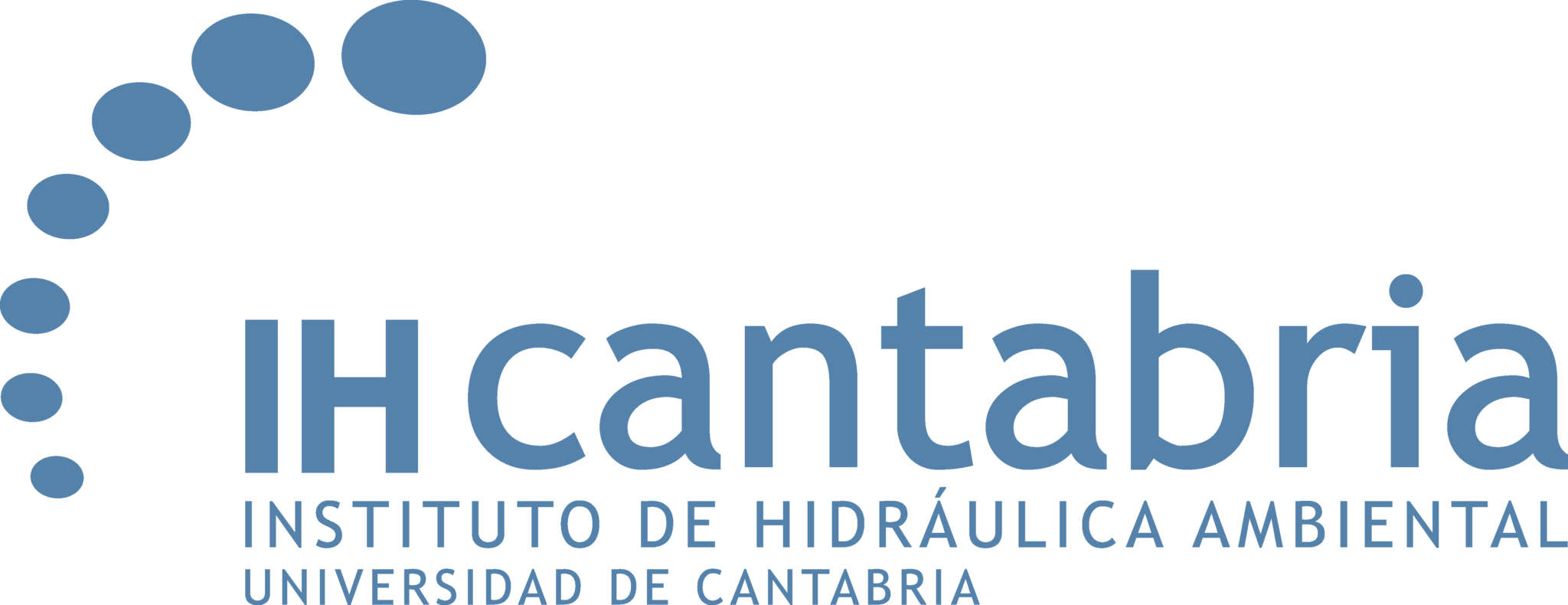NEWS
IHCantabria supports the development of advanced ecological modeling techniques in coastal ecosystems (SimuLIT).
The results of this project will contribute to the scientific advancement of the ecological modeling of marine organism communities and will provide useful knowledge for sustainable management of coasts and estuaries in the medium and long term.
Within the framework of the Marine Sciences Program (PCM, for its acronym in Spanish), researchers from the Institute of Environmental Hydraulics of the University of Cantabria (IHCantabria) are carrying out the “Development of advanced ecological modeling techniques in coastal ecosystems(SimuLIT)”. This is a project that offers to create advanced predictive tools that will be useful for assessing future trends in the distribution of marine and estuarine species, as well as to ensure their ecological integrity. Its development began in October 2022 and will be completed in mid-2025.
The development of this project arises from the concern generated by the cumulative impacts that coastal ecosystems are experiencing as a consequence of human activities and climate change. In order to address this problem, it is necessary to have predictive tools that allow us to know future trends in different scenarios. The SimuLIT project seeks to overcome some of the limitations of ecological modeling by incorporating 1) environmental variables in adequate detail to capture species biodiversity patterns and 2) biological mechanisms affecting species distribution.
SimuLIT is being developed in two systems. On the one hand, in the Cantabrian estuaries, the physical environment is being characterized in detail to detect differences in some areas of the estuary. In addition, field and laboratory experiments will be carried out to define how some species of commercial interest respond to changes in their environment (e.g., changes in water temperature or salinity). This information will be integrated into the modeling, generating hybrid models with a greater predictive capacity than the correlative models usually applied. Thus, it will be possible to determine possible changes in a more realistic way.
On the other hand, work is being carried out with the algae communities of the northern coast of Spain. In this regard, Camino Fernández de la Hoz, who is the principal investigator (PI) of the SimuLIT project, reports that “fieldwork has recently been completed throughout the Cantabrian coast, from Galicia to the Basque Country, to identify the algae populations in this area. This information is very valuable, due to the same points have been sampled since 2011, which will allow us to adjust the model over time and thus project it in climate change scenarios”.
These data, together with environmental variables provided by other projects, such as IHData, “will allow the development of models that consider not only the species in isolation, but the entire community of marine species as a whole, which will make it possible to understand the relationships established between species and how these relationships are expected to change under climate change scenarios,” adds Fernández de la Hoz.
Therefore, SimuLit will make a relevant contribution to scientific progress, as it will allow addressing key aspects of species modeling that are still to be developed, as well as providing the necessary knowledge to sustainably manage marine and estuarine species in the medium and long term. “Given the importance of these communities in the ecosystem as a whole,” says the SimuLIT PI, “ensuring their protection will contribute to guaranteeing the ecosystem services they provide, such as fishing, shellfishing or coastal protection.





